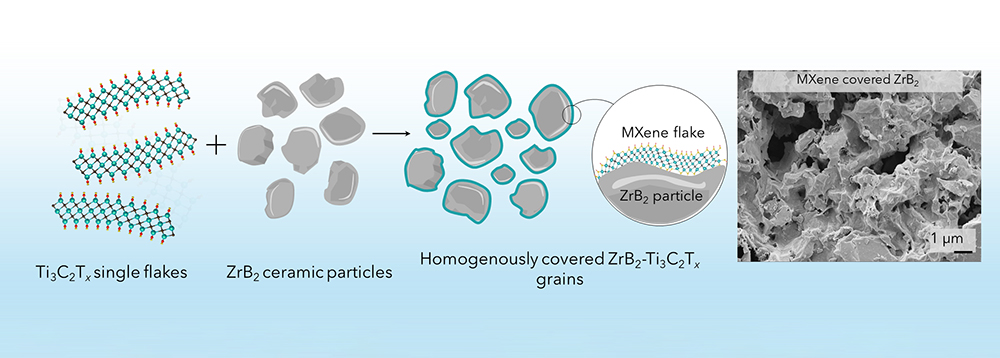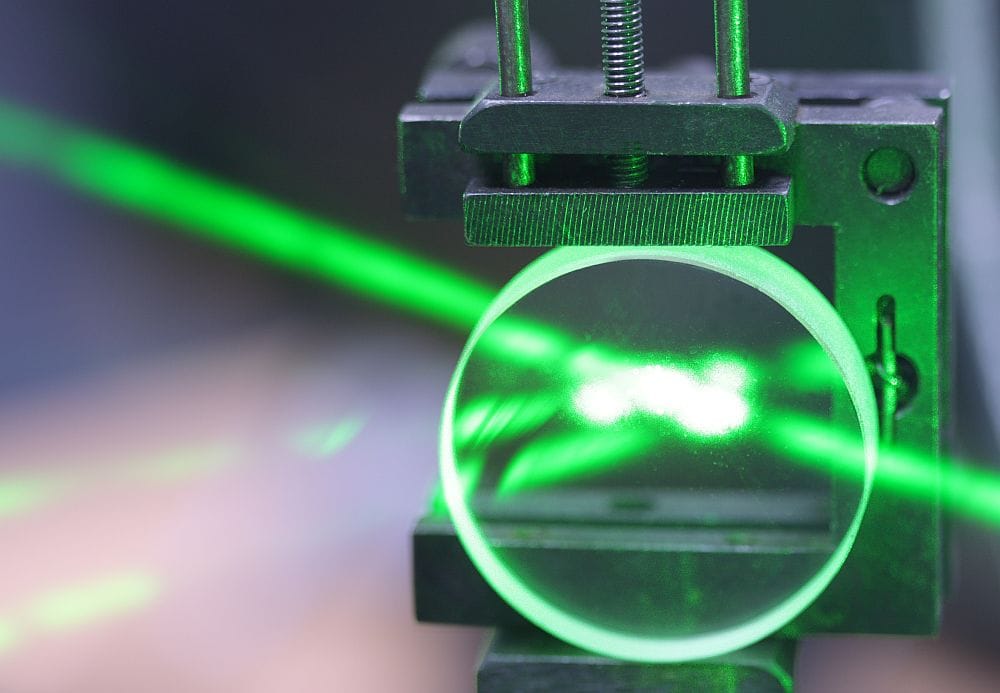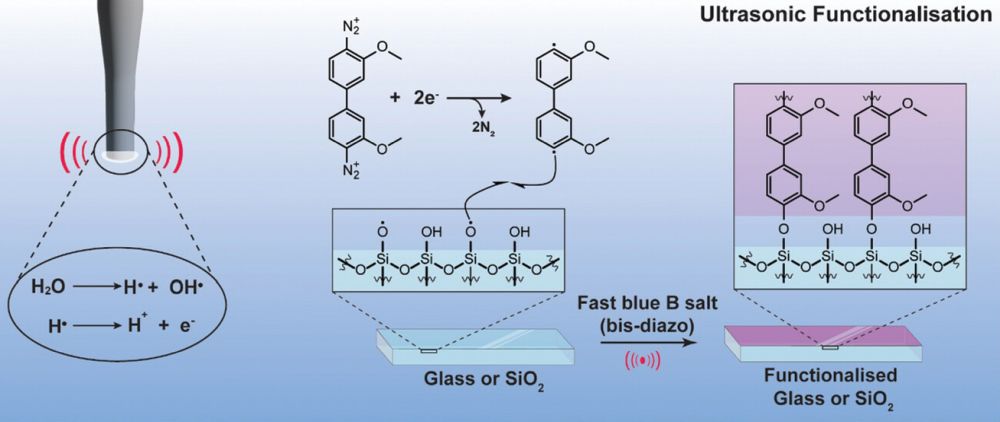
[Image above] Credit: StockCake
When University of Minnesota graduate student Joseph Valasek gave the first presentation on ferroelectricity in Rochelle salt in 1920, he could scarcely have predicted how his careful measurements would end up playing a fundamental role in many of today’s technologies.
Ferroelectricity is the property of certain materials to exhibit spontaneous electric polarization that can be reversed through application of an external electric field. In the 100+ years since ferroelectric materials were first reported, these materials became the basis for various electrical and electromechanical components and systems, including memory storage, energy harvesting devices, mechanical/thermal sensors, and more.
After a century of research, scientists continue to discover new aspects of this phenomenon. For example, in just the past three years, scientists have demonstrated ferroelectric behavior on the atomic scale, a nonreversible antiferroelectric-to-ferroelectric transition on the nanoscale, and the existence of ferroelectricity in an elementary substance.
In January 2025, researchers from The Pennsylvania State University announced yet another enticing aspect of ferroelectricity—the ability to turn a nonferroelectric material into one simply through proximity with another ferroelectric material.
The researchers are led by ACerS Fellow Jon-Paul Maria, and they explain in a Nature paper that previous studies induced ferroelectricity in nonferroelectric materials through chemical modification. However, this modification can result in tradeoffs with other properties. For example, when the researchers created magnesium-substituted zinc oxide thin films in 2021, the magnesium degraded important properties such as heat dissipation during device operation and the ability to transmit light over long distances.
In the new study, the researchers simply stacked nonferroelectric layers of aluminum nitride and zinc oxide on top of wurtzite-structured ferroelectrics, specifically boron-substituted aluminum nitride and magnesium-substituted zinc oxide.
At the interface between the layers, the local elastic and electric fields in the ferroelectric materials induce ferroelectricity in the nonferroelectric layers in a manner similar to chemical modification. Specifically, they “modify the polymorph relative stabilities and reduce coercive field values below breakdown limits,” the researchers write.
Because no chemical modification took place in the nonferroelectric layers, these layers retain the desirable properties that are lost during chemical modification. Furthermore, because the proximity effect only requires a ferroelectric layer that is 3% of the total volume of the stack, “the vast majority is material with the most-desired properties,” a Penn State press release explains.
In the press release, Maria says this work only scratches the surface of what’s possible with the proximity technique and that future research should explore other possible compositions.
The paper, published in Nature, is “Proximity ferroelectricity in wurtzite heterostructures” (DOI: 10.1038/s41586-024-08295-y).
Author
Lisa McDonald
CTT Categories
- Electronics
- Material Innovations


